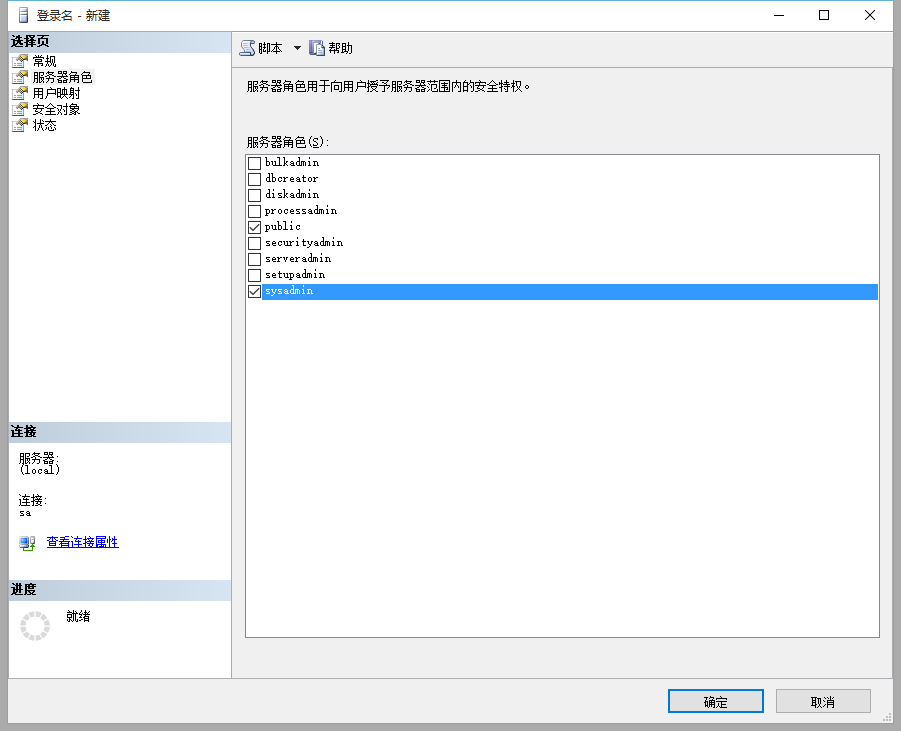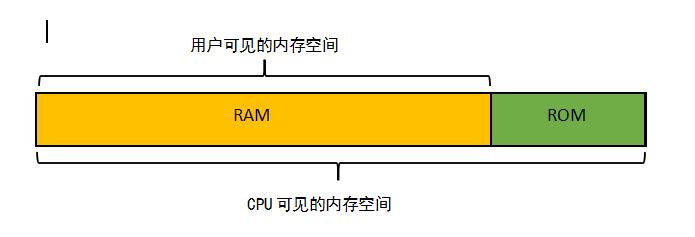理解继承是理解面向对象程序设计的关键。在Java中,通过关键字extends继承一个已有的类,被继承的类称为父类(超类,基类),新的类称为子类(派生类)。在Java中不允许多继承。
(1)继承
- class Animal{
- void eat(){
- System.out.println("Animal eat");
- }
- void sleep(){
- System.out.println("Animal sleep");
- }
- void breathe(){
- System.out.println("Animal breathe");
- }
- }
- class Fish extends Animal{
- }
- public class TestNew {
- public static void main(String[] args) {
- // TODO Auto-generated method stub
- Animal an = new Animal();
- Fish fn = new Fish();
- an.breathe();
- fn.breathe();
- }
- }
在eclipse执行得:
Animal breathe!
Animal breathe!
.java文件中的每个类都会在文件夹bin下生成一个对应的.class文件。执行结果说明派生类继承了父类的所有方法。
(2)覆盖
- class Animal{
- void eat(){
- System.out.println("Animal eat");
- }
- void sleep(){
- System.out.println("Animal sleep");
- }
- void breathe(){
- System.out.println("Animal breathe");
- }
- }
- class Fish extends Animal{
- void breathe(){
- System.out.println("Fish breathe");
- }
- }
- public class TestNew {
- public static void main(String[] args) {
- // TODO Auto-generated method stub
- Animal an = new Animal();
- Fish fn = new Fish();
- an.breathe();
- fn.breathe();
- }
- }
执行结果:
Animal breathe
Fish breathe
在子类中定义一个与父类同名,返回类型,参数类型均相同的一个方法,称为方法的覆盖。方法的覆盖发生在子类与父类之间。另外,可用super提供对父类的访问。











![[转]小白都能看懂的softmax详解](https://img-blog.csdn.net/20180902220822202?watermark/2/text/aHR0cHM6Ly9ibG9nLmNzZG4ubmV0L2JpdGNhcm1hbmxlZQ==/font/5a6L5L2T/fontsize/400/fill/I0JBQkFCMA==/dissolve/70)


